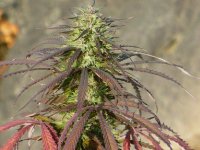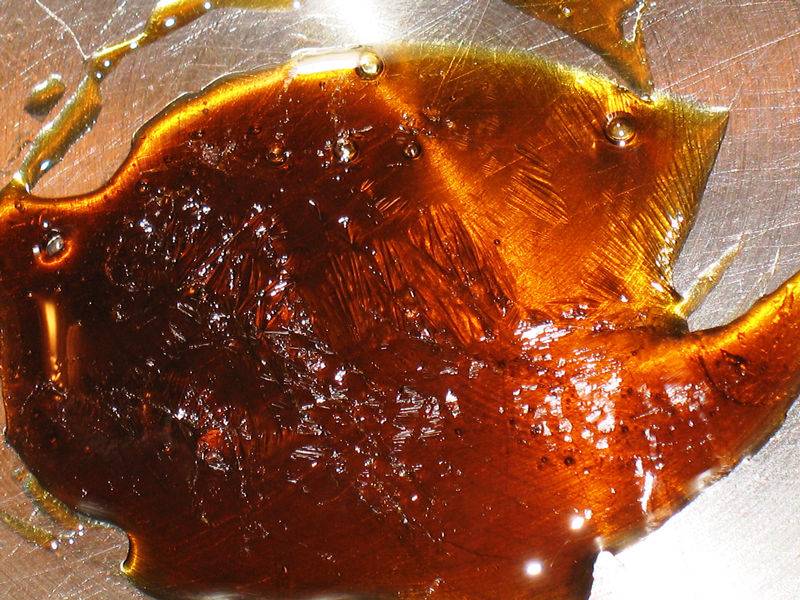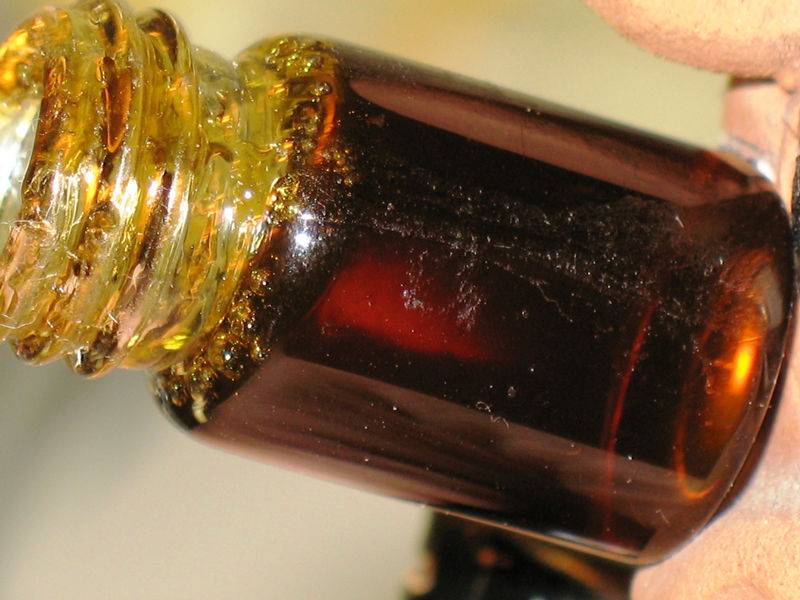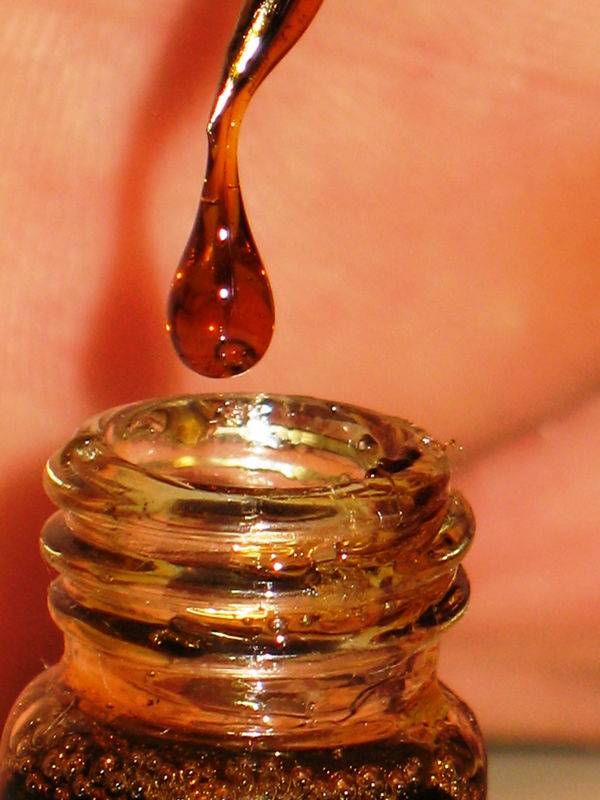Just found a recipe for making Red Hash Oil on an old forum.
This recipe involves the use of Ether but at the end of the text it says Iso can be used too.
wow...
thank you, I will check this out further, and pass it onward to a friend to review as well....
looks pretty involved, but it could be a recipe im looking for
at this point im not sure....I will have others look at it and give me their opinion also...
ive very grateful, for your help...
if you come across anything more....please let me know
axle robot









